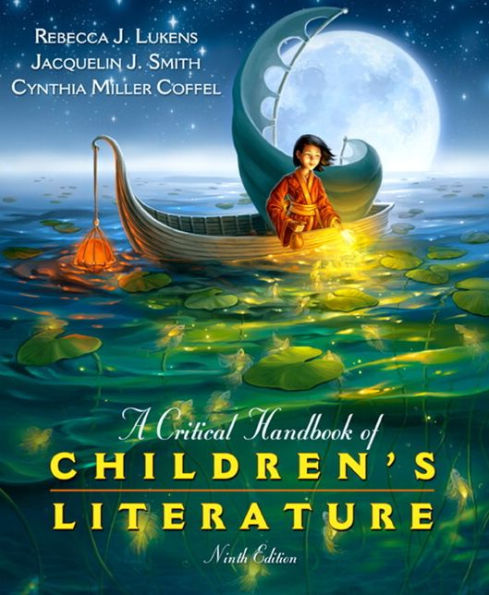Table of Contents
To the Instructor.
To the Student.
1. Literature: What Is It?
Literature for Children.
Summary Notes Recommended Books Cited in This Chapter
2. Genre in Children's Literature.
Realism.
Formula Fiction.
Fantasy.
Traditional Literature.
Poetry.
Informational Books.
Across Genre Lines.
Summary Notes Recommended Books Cited in This Chapter
3. Picture Books.
The Illustrative Elements of the Picture Book.
The Literary Elements of the Picture Book.
Lasting Favorites.
Wordless Picture Books.
Summary Notes Recommended Books Cited in This Chapter
4. Character.
Revelation of Character.
Unity of Character and Action.
Types of Characters.
Change in Character.
Special Issues of Character in Childrens Literature.
Traditional Literature.
Animal Realism.
Science Fiction.
Classics.
Summary Notes Recommended Books Cited in This Chapter
5. Plot.
Types of Narrative Order.
Types of Conflict.
Patterns of Action.
Types of Plots.
Special Issues of Plot in Children's Literature.
Coincidence.
Sentimentality.
Lack of Conflict.
Summary Notes Recommended Books Cited in This Chapter
6. Theme.
Theme or Unifying Truth.
Types of Themes.
Special Issues of Theme in Children's Literature.
Summary Notes Recommended Books Cited in This Chapter
7. Setting.
Types of Settings.
Functions of Setting.
Special Issues of Setting in Children's Literature.
Traditional Literature.
Fantasy and Science Fiction.
Summary Notes Recommended Books Cited in This Chapter
8. Point of View.
Types of Point of View.
Special Issues of Point of View in Children's Literature.
Maturity of the Reader.
Animal Realism.
Fantasy.
Stories of Various Cultures.
Summary Notes Recommended Books Cited in This Chapter
9. Style.
Devices of Style.
Devices of Sound
Special Issues of Style in Children's Literature.
Retellings and Translations.
Stories of Other Periods and Places.
High Fantasy.
Summary Notes Recommended Books Cited in This Chapter
10. Tone.
Tone in Charlotte's Web.
Humor.
Differing Tastes in Tone.
Tone Related to the Author's Choice of Materials.
Special Issues of Tone in Children's Literature.
Condescension.
Sentimentality.
Sensationalism.
Didacticism.
Changing Values.
Variety of Tone.
Summary Notes Recommended Books Cited in This Chapter
11. From Rhyme to Poetry.
Nursery Rhymes.
Nonsense.
Poetry.
Summary Notes Recommended Books Cited in This Chapter
12. Biography.
Biography Defined.
Summary Notes Recommended Books Cited in This Chapter
13. Informational Books.
Nonfiction Defined.
Informational Books.
Special Issues in Informational Books for Children.
Tone.
Didacticism and Propaganda.
Summary Notes Recommended Books Cited in This Chapter
Appendix A: Children's Book Awards.
Appendix B: Selected Magazines for Children.
Appendix C: Selected Reviewing Media for Children's Books.
Appendix D: Selected Websites about Children's Literature.
Glossary of Literary Terms.
Credits.
Index.





